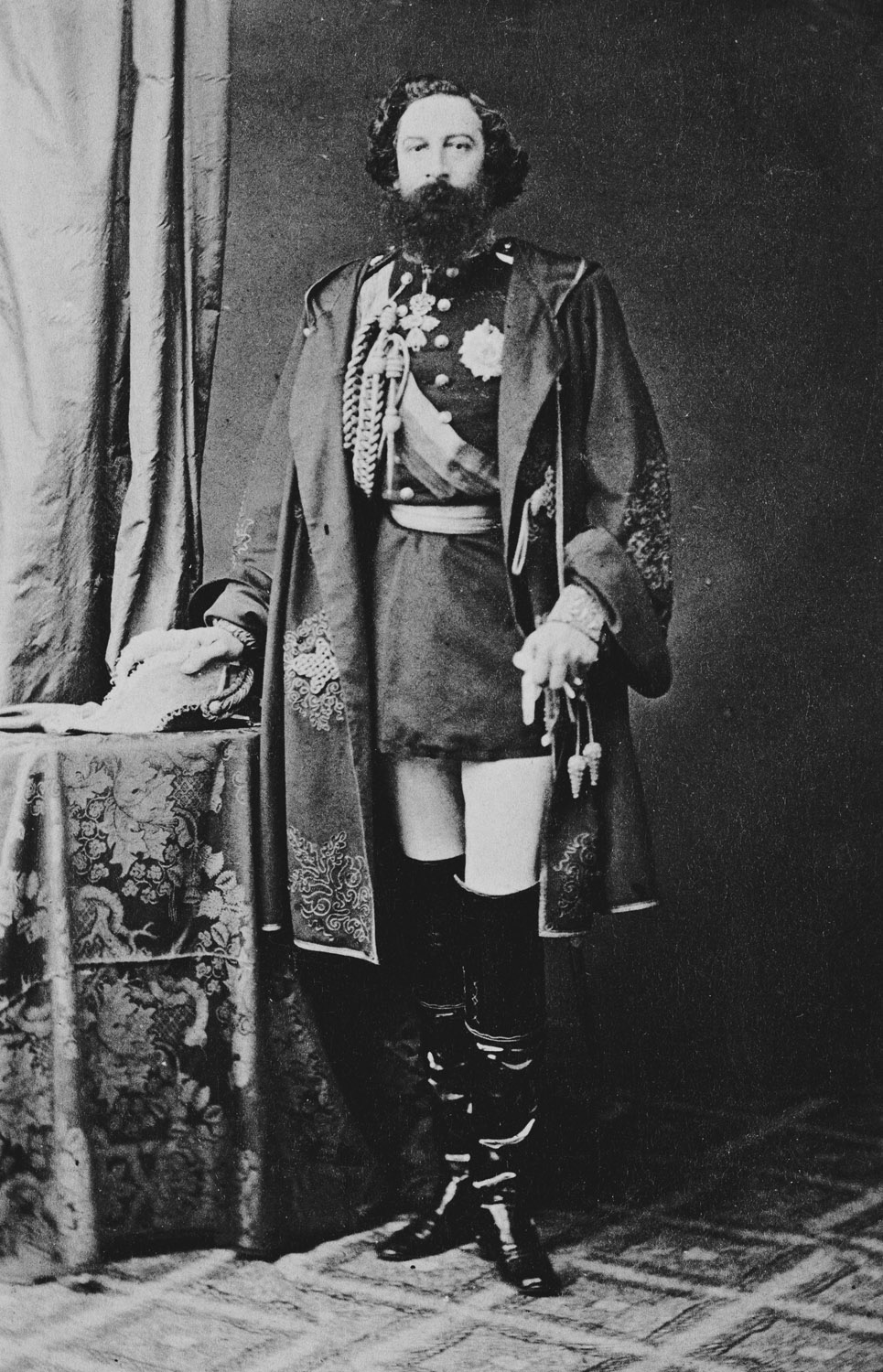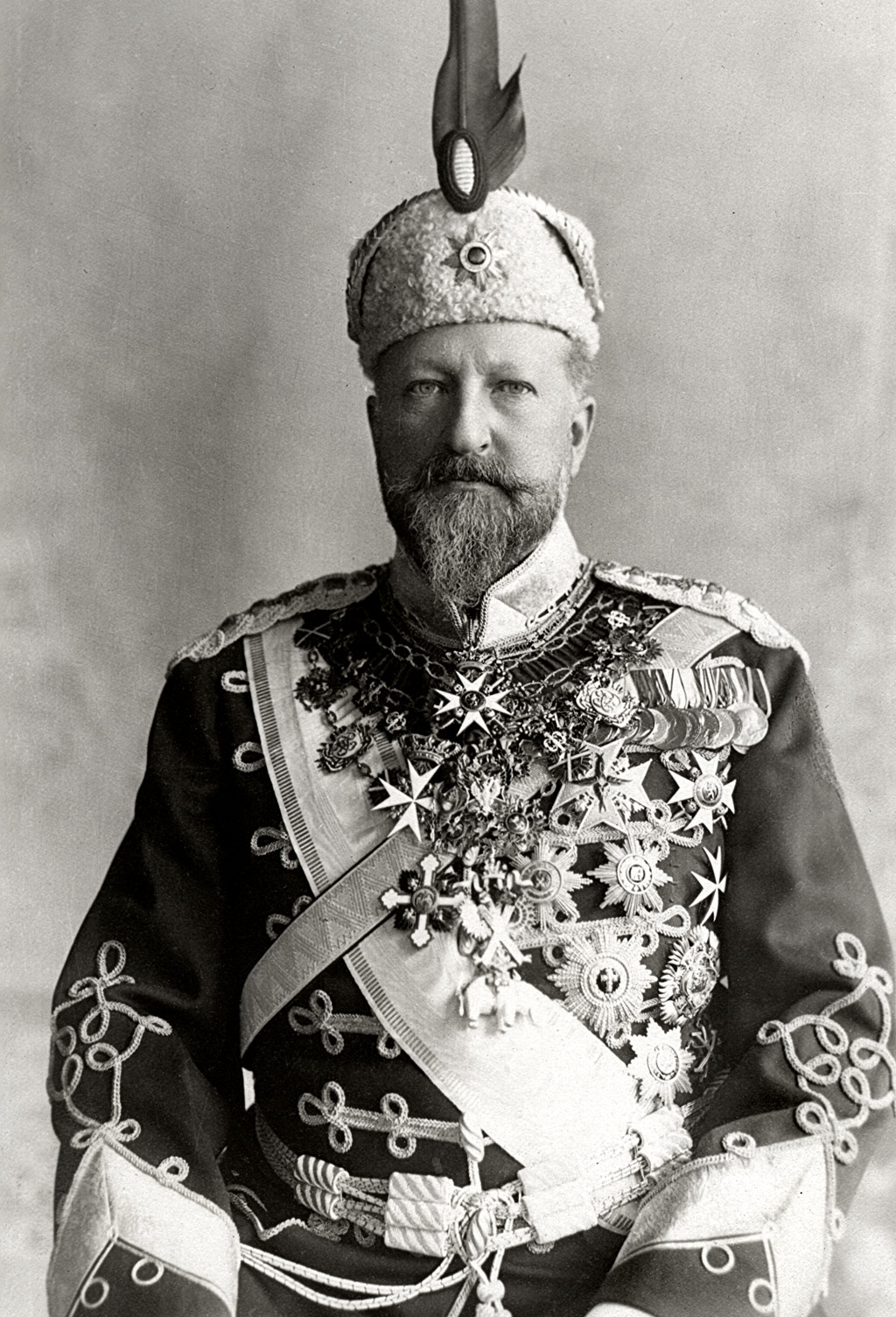History of the Hungarian Koháry family and their influence on royal blood all over Europe

If you are asking for the most venerable Hungarian aristocratic families, you will most likely get answers like Esterházy, Pálffy, Zichy or Nádasdy. However, there is a Hungarian family whose descendants enrich the history of currently reigning noble dynasties. One of these ancestors was even involved in the events of history in the 21st century as a Prime Minister, 24 writes.
The story of the Koháry family goes back a long time, some of their forefathers were heroic generals fighting during the Turkish occupation of Hungary, some of them were judges and some, poets. However, it is best to start with Ferenc József, Prince Koháry (1767-1826), whose titles are many and respectable: Hungarian royal chamberlain, Privy Councillor, member of the Order of the Golden Fleece, chief cupbearer, Sheriff of Hont county and in his highest position, the former Lord Chancellor of the Royal Chancellery of Hungary (1820-1826). The royal court appreciated his service during the Napoleonic Wars so much so that he received the rank of Prince Imperial. At the age of 25, in 1792, he married Countess Antonia von Waldstein zu Wartenberg (1771-1854), by whom she had two children. Their first-born son died as a young child, and the family history was passed on by their daughter, Countess Mária Antónia Koháry (1797-1862), quite successfully.

Source: Wikimedia Commons
Enormous wealth
Francis I, Holy Roman Emperor chose Prince Ferdinand of Saxe-Coburg and Gotha (1785-1851) as her spouse, a prominent hero of the Napoleonic Wars. Not only did the prince lead a well-rounded, handsome and educated lady to the altar, but through her, he inherited a wealth of immense magnitude. In 1826 Ferenc József, Prince Koháry – and the last male descendant of the family – died.
His daughter could not inherit, so the fortune of Koháry, the estates and the titles returned to the king. The wealth was almost immeasurable: it constituted the third-largest estate of the Monarchy.
The Emperor did not hesitate to donate the former Koháry wealth to Prince Ferdinand of Saxe-Coburg and Gotha, and at the same time raised the prince into the ranks of the Hungarian nobility. There was one stipulation: the name of the family had to include the name of Koháry – due to this, for a while, the almanacks referred to the prince with the name of Saxe-Coburg-Gotha-Koháry.
King of Portugal
The princely couple had four children, and the eldest son, Prince Ferdinand August Franz Anton (1816-1885) married Maria II of Portugal (da Gloria). Ferdinand, after the birth of the prospective ruler Peter V, in 1837, received the title of King of Portugal under the name Ferdinand II, but the true ruler practically remained his wife. After receiving the royal title, his brother August Viktor Ludwig (1818-1881) renounced the grand Koháry fortune, and Ferdinand and his descendants bore the Saxon-Coburg-Gotha-Koháry name until the 20th century.
After the death of Maria, Ferdinand II became the regent of his young son, Peter V between 1853 and 1855 to public satisfaction. In 1869 he was offered the Spanish throne, but Ferdinand did not accept it.

Source: Wikimedia Commons
Empress of Brazil
August Viktor Ludwig married well as in 1843 he married Princess Clémentine of Orléans (1817-1907), daughter of Louis-Philippe I. They were caring parents of five and got them all married to noble families. Their second-born son, Ludwig August Maria Eudes (1845-1907) married to Princess Leopoldina of Brazil, the daughter of Peter II. Brazilian Emperor and was named Dom Luís Augusto by the father-in-law and was made Admiral of the Imperial Brazilian Navy.
On the Bulgarian throne as a Prime Minister
The eldest daughter of Mária Antónia Koháry and Ferdinand, Victoria Franziska Antonia (1822-1857), married Louis d’Orléans, son of King Louis Philippe I. Although he did not sit upon the throne, his descendants of the still reigning Belgian royal family inherited Koháry genes through Mária Antónia.
Among the grandchildren of the dynasty’s founder couple, the most successful was Ferdinand Maximilian Karl Leopold (1861-1948), who, in 1887, became Prince Ferdinand I of Bulgaria.
Following the tradition of his country, he and his family converted to the Orthodox faith, and after Bulgaria officially proclaimed its independence on September 22, 1908, he took on the title of Tsar used by medieval Bulgarian rulers. Bulgaria is known to have joined the central powers in the First World War, and after the defeat, Ferdinand I was forced to resign. His successor was his son, born in 1894. He became Boris III. The Tsar passed away in 1943 under unclear circumstances. The exiled Ferdinand I died in 1948 in Coburg, Germany, the city in his family name.

Source: Wikimedia Commons
Boris’ six-year-old son, Simeon II became Tsar only nominally, under the control of the governing council, until 1946, when the country under Soviet control dissolved the institution of the monarchy. The family emigrated, and Simeon lived in Egypt for a while where he graduated from the British Military College. He then moved to Spain, and when he came to age, he proclaimed himself Tsar of Bulgaria. His monarchist past did not prevent him from joining the new Bulgarian democracy after the change of regime. Resigning all his rights and titles, Simeon Borisov entered public life under the name of Szakszkoburgotskki, and he was the Prime Minister of the Republic of Bulgaria between 2001 and 2005.
Here you can read a little bit more about Hungarian history:
Source: 24.hu







